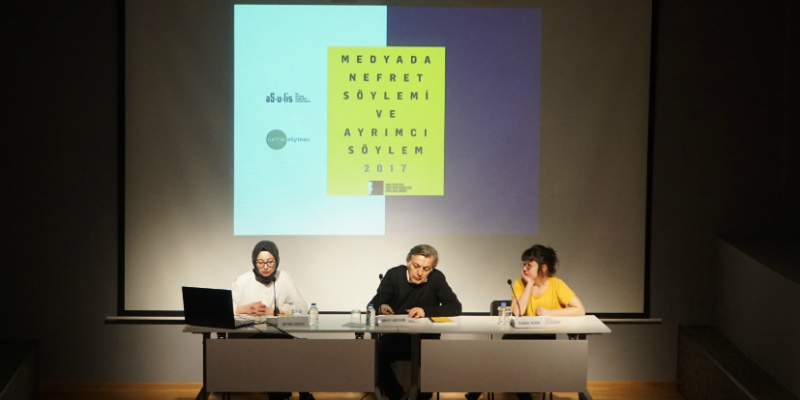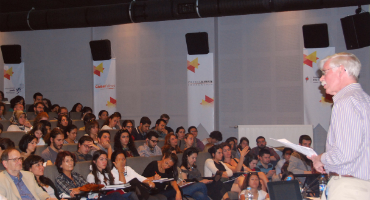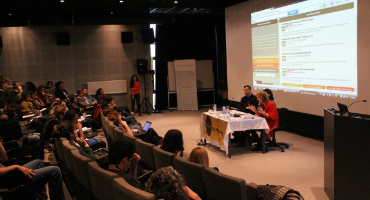Issued as part of the “Media Watch on Hate Speech” project, 2017 Report on Hate Speech and Discriminatory Discourse in Media was launched on April 19, 2018 at Havak Hall with the moderation of Bekir Ağırdır. Findings of discriminatory discourse reports titled ‘Giaour’ Discourse in Print Media and Discrimination against Syrian Refugees in Media: Misinformation and Distortion, which were written in consideration with media watch findings in 2017 and most visible issues, were presented.
In his opening speech, KONDA Director Bekir Ağırdır emphasized the role of media in regeneration of hate speech and discriminatory discourse. He pointed out that media does not only reflect the discourse, but also legitimizes it. Noting that media cannot be seen as the sole culprit, Ağırdır stated that we should deal with social memory and prejudices. Ağırdır also said that information and sources of information increased in daily life, but we lost reference sources that make reliable information accessible.
Speaking after Bekir Ağırdır, project researcher Şeyma Özkan presented the 2017 findings of “Media Watch on Hate Speech” project on the basis of issues on the agenda, groups that are most subjected to hate speech and examples of hate speech. Özkan stated that 5296 articles targeting national, ethnic and religious groups were found in print media in 2017, and Jews, Syrian refugees and Armenians were the most targeted groups. She also noted that hate speech against certain groups is related to incidents in the world and in Turkey, like Buddhists who were considerably targeted in 2017 due to atrocities against Rohingya Muslims in Myanmar.
Lastly, research coordinator Funda Tekin presented the findings of two discriminatory discourse reports. Tekin pointed out that the word “giaour”, which is loaded with historical, sociological and linguistic connotations, is used in a context in which non-Muslim identities are associated with heartlessness, cruelty and enmity. Stating that the usage of the word is directly related to the political agenda, Tekin told about how the context is built with religious references and historical perception of enmity and how this word is used as a political propaganda tool. Then, Tekin presented the evaluations showing how distortion and misinformation in news articles about Syrian refugees trigger and spread discrimination. Firstly, she pointed out that media frequently repeats and regenerates anti-refugee discourse of politicians who have the power of affecting public opinion and instrumentalize Syrian refugees. She also stated that media prevents people from understating the social problems correctly and directs the anger to refugees labeled as “scapegoats” rather than to the system or the real culprits. Stating that Syrian identity is repeatedly associated with crime in crime reports, Tekin emphasized the role of media concerning prejudices against Syrians. Stating that misinformation spreads in social media more quickly and dangerously, Tekin reminded that social media can also be used as a tool with which alternative discourse can be generated and circulated. The panel ended with Q&A session.





